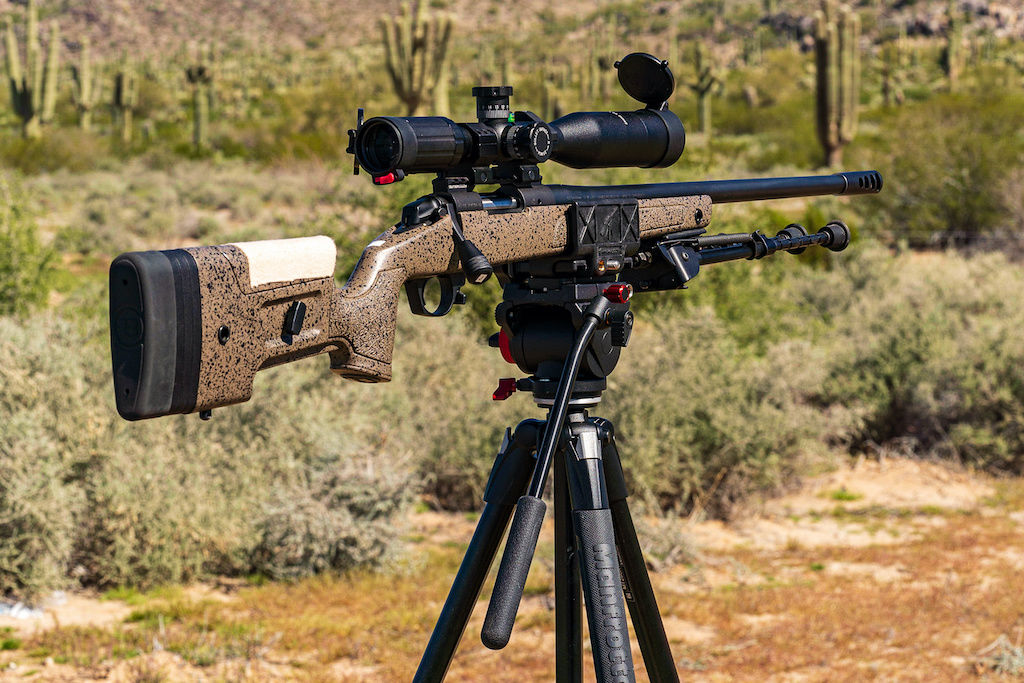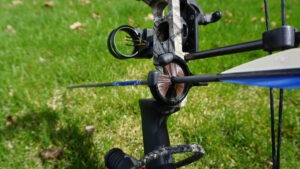When it comes to fly fishing, Spokane and its surrounding areas offer some of the best spots in the Pacific Northwest. Whether you’re a beginner looking to learn the art of fly fishing or an experienced angler seeking new waters to explore, this guide will provide you with everything you need to know to make the most of your fishing adventures near Spokane.
Understanding Fly Fishing: A Brief Overview
Fly fishing is a unique angling method that involves using artificial flies to lure fish. Unlike traditional spin casting, fly fishing requires careful casting techniques and an understanding of the fish’s behavior and feeding patterns. This section will provide a brief introduction to the basics of fly fishing, ensuring that you have a solid foundation before venturing out to Spokane’s fly fishing spots.
When it comes to fly fishing, it’s not just about catching fish; it’s about the experience. Picture yourself standing knee-deep in a crystal-clear river, surrounded by the tranquil sounds of nature. The sun is shining, and the water is gently flowing, creating the perfect environment for both you and the fish. As you cast your line, you can’t help but feel a sense of anticipation and excitement, wondering what lies beneath the surface.
The Basics of Fly Fishing
To begin your fly fishing journey, it’s important to familiarize yourself with the essential equipment. Fly rods, reels, and lines differ from traditional fishing gear, and understanding their components is crucial for successful angling. A fly rod is typically longer and more flexible than a regular fishing rod, allowing for precise and delicate presentations. The reel is designed to hold the line and provide drag when needed, while the fly line is specially designed to float on the water’s surface or sink to different depths.
When it comes to flies, there is a wide variety to choose from. Dry flies imitate insects that float on the water’s surface, enticing fish to rise and strike. Nymphs, on the other hand, imitate insects in their underwater stage, which is where fish often feed. Streamers mimic small fish or other prey items, attracting larger predatory fish. Knowing which fly to use in different fishing conditions can greatly increase your chances of success.
Essential Gear for Fly Fishing
In addition to the fishing equipment, there are a few accessories that every fly angler should have in their arsenal. Waders, for example, are waterproof pants that allow you to stand in the water without getting wet. They not only keep you dry but also provide insulation in colder temperatures. Pair your waders with a good pair of boots that offer traction on slippery riverbeds, ensuring your safety while wading.
A fly fishing vest is another essential item. These vests are designed with numerous pockets to hold all your fishing gear, such as flies, tippets, and leaders. They also provide a convenient place to store your fishing license, sunscreen, and other small essentials. With a well-organized vest, you’ll have everything you need within easy reach, allowing you to focus on the art of fly fishing.
As you delve deeper into the world of fly fishing, you’ll discover that there is always more to learn. From advanced casting techniques to understanding aquatic insect behavior, the possibilities are endless. But for now, armed with the basics and essential gear, you’re ready to embark on your fly fishing adventure in Spokane’s pristine waters.
Spokane’s Prime Fly Fishing Locations
Spokane and its surrounding areas boast a variety of fly fishing spots that cater to anglers of all skill levels. From serene rivers to secluded lakes, there’s something for everyone. Whether you prefer targeting trout or want to try your hand at fly fishing for bass, you’ll find plenty of options in this picturesque region.
Rivers and Lakes Ideal for Fly Fishing
The Spokane River is a popular destination for fly anglers, offering a chance to catch various species, including rainbow trout and cutthroat trout. The river’s crystal-clear waters wind through breathtaking landscapes, providing a tranquil setting for fly fishing enthusiasts. As you cast your line, you’ll be surrounded by the beauty of the surrounding mountains and lush vegetation.
Further afield, the Clark Fork River and the St. Joe River are renowned for their pristine beauty and excellent fly fishing opportunities. The Clark Fork River, with its gentle currents and deep pools, is home to an abundance of trout species, making it a haven for fly fishing enthusiasts. The St. Joe River, on the other hand, is known for its remote and untouched beauty. As you navigate its waters, you’ll be captivated by the serenity and solitude that surround you.
If you prefer still water fishing, head to Long Lake or Diamond Lake, home to healthy populations of trout and bass. Long Lake, with its expansive shoreline and calm waters, offers an ideal setting for fly fishing. As you cast your line, you’ll have a chance to catch trophy-sized trout or experience the thrill of reeling in a feisty bass. Diamond Lake, nestled amidst towering evergreens, provides a picturesque backdrop for a day of fly fishing. Its tranquil waters are teeming with trout, creating a haven for anglers seeking a peaceful fishing experience.
Hidden Gems: Lesser-Known Fly Fishing Spots
While Spokane’s well-known waters attract many anglers, there are also hidden gems waiting to be discovered. Tucannon River, tucked away in the southeastern part of the state, is a hidden paradise for fly fishing enthusiasts. Its remote location offers an escape from the crowds and provides opportunities to catch beautiful wild trout. As you navigate the river’s meandering bends, you’ll be surrounded by untouched wilderness and breathtaking scenery.
Another hidden gem is the Little Spokane River, a lesser-known fly fishing spot that offers a peaceful and secluded fishing experience. This small river winds its way through a lush forest, creating a serene atmosphere for anglers. The river is home to a variety of trout species, including brown trout and rainbow trout, providing ample opportunities for fly fishing enthusiasts to test their skills.
For those seeking a unique fly fishing adventure, Sullivan Lake is a hidden gem worth exploring. Located in the Colville National Forest, this remote lake offers a pristine fishing experience. Surrounded by towering mountains and dense forests, Sullivan Lake is a haven for anglers looking to escape the hustle and bustle of everyday life. The lake is home to a healthy population of trout, making it an ideal destination for fly fishing enthusiasts.
Seasonal Guide to Fly Fishing in Spokane
Throughout the year, Spokane’s fly fishing prospects change with the seasons. Understanding the best times to visit and the fish species available during each season will greatly enhance your chances of a successful fishing trip.
Spokane, located in the heart of Washington state, offers a diverse range of fly fishing opportunities that cater to anglers of all skill levels. From pristine rivers to tranquil lakes, this region is a haven for fly fishing enthusiasts.
Best Times of the Year for Fly Fishing
Spring and fall are considered the prime seasons for fly fishing in Spokane. As the water temperatures rise and insect activity increases in spring, fish become more active and hungry, resulting in exceptional fishing opportunities. The Spokane River, with its crystal-clear waters, is a popular spot during this time, attracting anglers from far and wide.
During the fall, the landscape transforms into a breathtaking display of vibrant colors, making it a picturesque time to cast your line. The Spokane Valley, nestled amidst the rolling hills, offers a serene setting for fly fishing. The cool temperatures and the soothing sound of the flowing river create a tranquil ambiance that adds to the overall experience.
Seasonal Fish Species in Spokane Waters
When planning your fly fishing trip to Spokane, it’s essential to know which fish species are prevalent during each season. Rainbow trout, known for their vibrant colors and acrobatic fights, are a common sight throughout the year. These elusive creatures can be found in both the Spokane River and nearby lakes.
Cutthroat trout, a native species to the region, are also abundant in Spokane waters. Their distinct red slash marks under their jaw make them easily recognizable. Anglers often find success targeting these beautiful fish in the early summer months when they are actively feeding near the surface.
Smallmouth bass, known for their aggressive strikes and powerful fights, are another popular species among fly anglers in Spokane. These feisty fish can be found in the shallower sections of the Spokane River, where they eagerly take a well-presented fly.
Additionally, keep an eye out for kokanee salmon during the late summer and early fall months. These landlocked sockeye salmon provide an exciting challenge for fly anglers, as they are known for their strength and stamina. The Spokane Arm of Lake Roosevelt is a prime location to target these prized fish.
Whether you’re a seasoned angler or a beginner looking to try your hand at fly fishing, Spokane offers a wealth of opportunities throughout the year. From the thrill of hooking a rainbow trout in the spring to the peaceful solitude of casting for cutthroat trout in the fall, each season brings its own unique charm to the fly fishing experience in Spokane.
Tips for Successful Fly Fishing in Spokane
To increase your chances of success on the water, understanding local fly fishing techniques and practicing responsible angling is key. This section provides valuable tips and insights to help you make the most of your fly fishing adventures in Spokane.
Local Fly Fishing Techniques
Spokane’s fly fishing community has developed specific techniques that work well in these waters. Whether you’re interested in dry fly fishing or prefer nymphing, mastering these techniques will improve your catch rate. Local anglers recommend paying close attention to river currents and matching the hatch to increase your chances of attracting fish.
Conservation Practices for Spokane Anglers
As responsible anglers, it’s crucial to protect the natural environment and the fish species that call Spokane’s waters home. Adhering to catch-and-release practices, properly handling fish to minimize harm, and respecting the fishing regulations are essential for preserving the fish populations and ensuring the sustainability of fly fishing in the area.
Planning Your Fly Fishing Trip in Spokane
Now that you’re equipped with the knowledge of fly fishing techniques and the best spots in Spokane, it’s time to plan your fishing adventure. This section will cover everything you need to know to prepare for a successful fly fishing trip in this beautiful part of the country.
Necessary Permits and Regulations
Before casting your line, make sure you obtain the necessary permits and familiarize yourself with the local fishing regulations. Washington state requires a valid fishing license, and there may be additional permits required for certain waters or species. Respecting these regulations ensures the longevity of the fish populations and preserves the quality of the fishing experience for future anglers.
Accommodation Options Near Prime Fishing Spots
To make the most of your fly fishing trip, it’s ideal to stay near the prime fishing spots in Spokane. Whether you prefer camping under the stars or indulging in the comforts of a cozy lodge, there are various accommodation options available. From rustic campgrounds along the riverbanks to well-appointed cabins, choose the one that suits your preferences and allows for easy access to the fishing areas.
In conclusion, Spokane and its surrounding areas offer a fly fishing paradise for anglers of all levels of experience. From learning the basics of fly fishing to exploring the prime fishing spots and planning your trip, this guide gives you all the information needed to discover the best fly fishing spots near Spokane. So grab your fly rod, tie on a fly, and get ready for an unforgettable angling adventure in the stunning landscapes of the Pacific Northwest.


